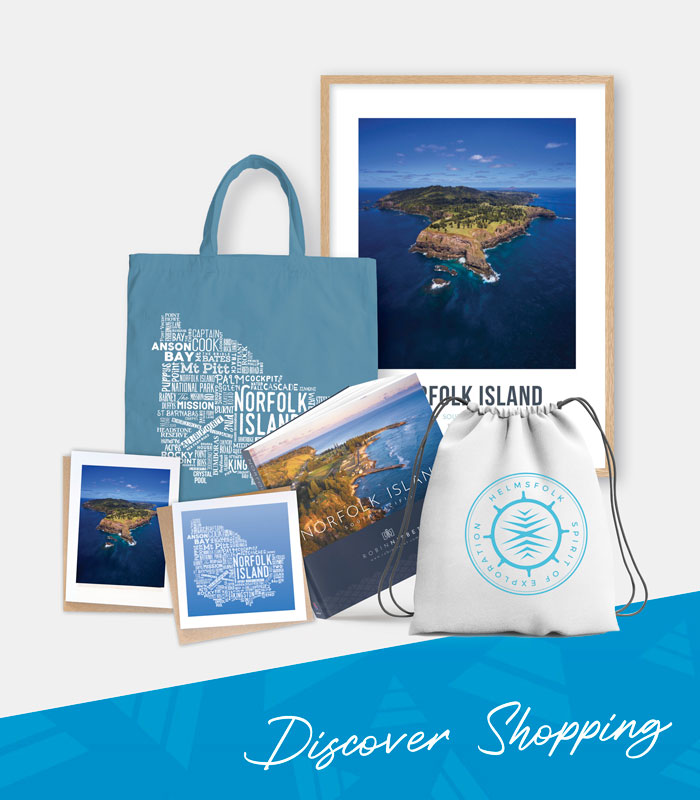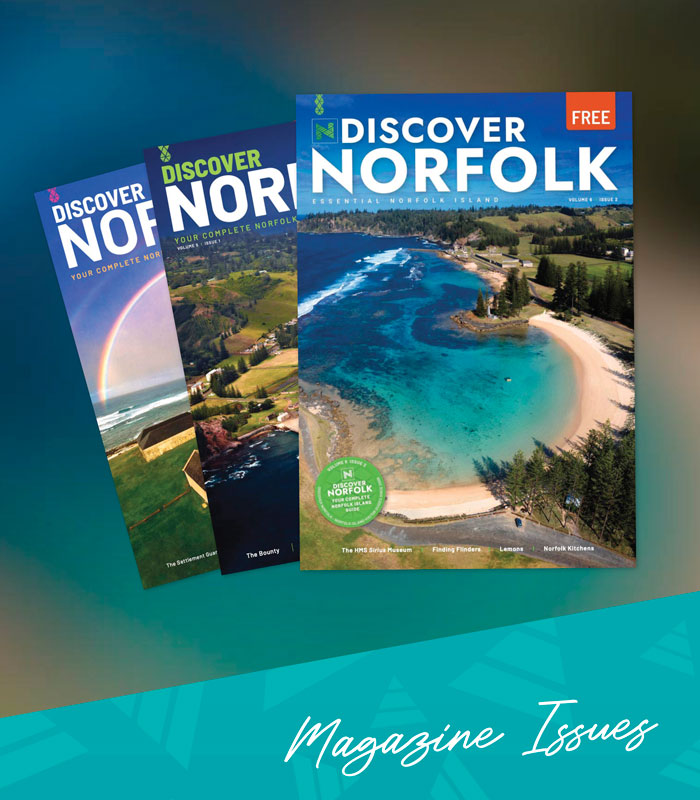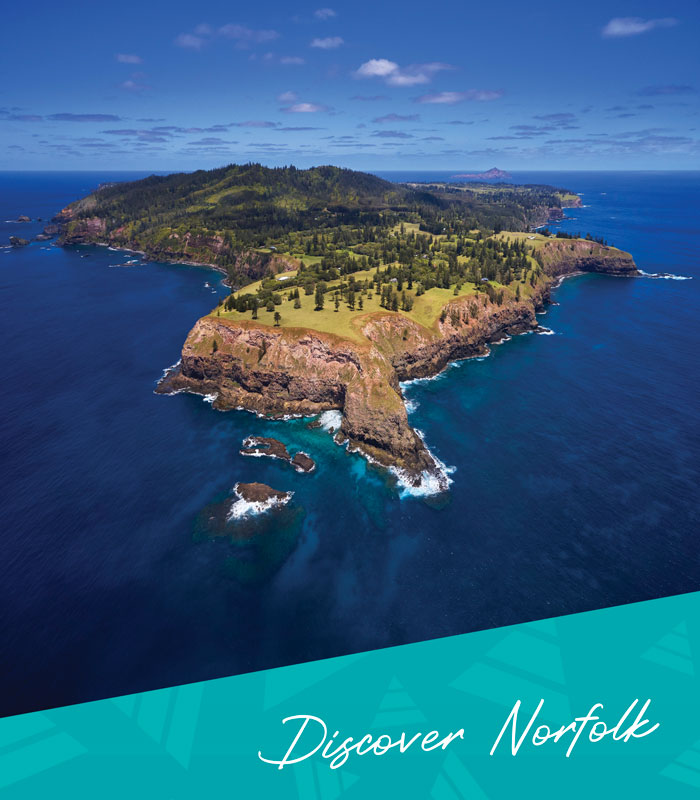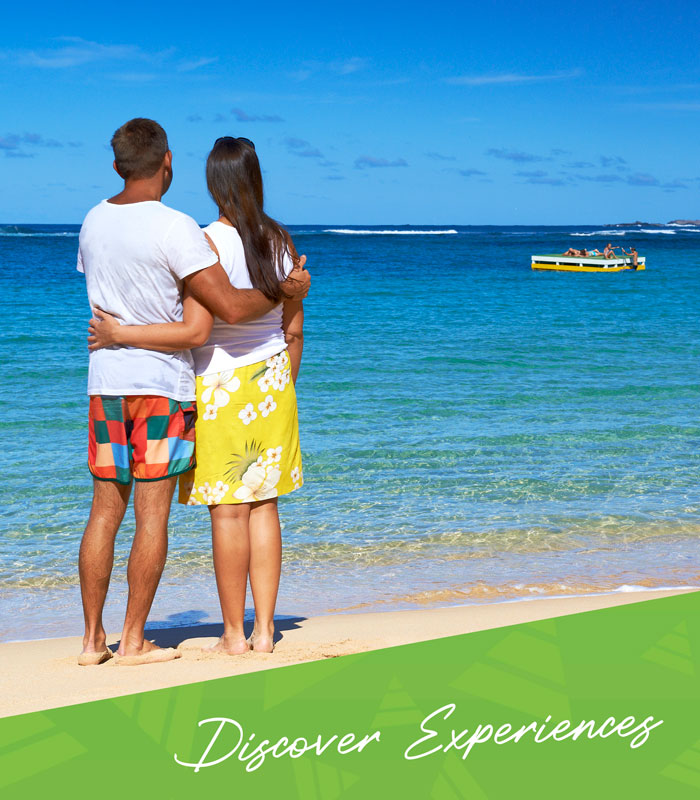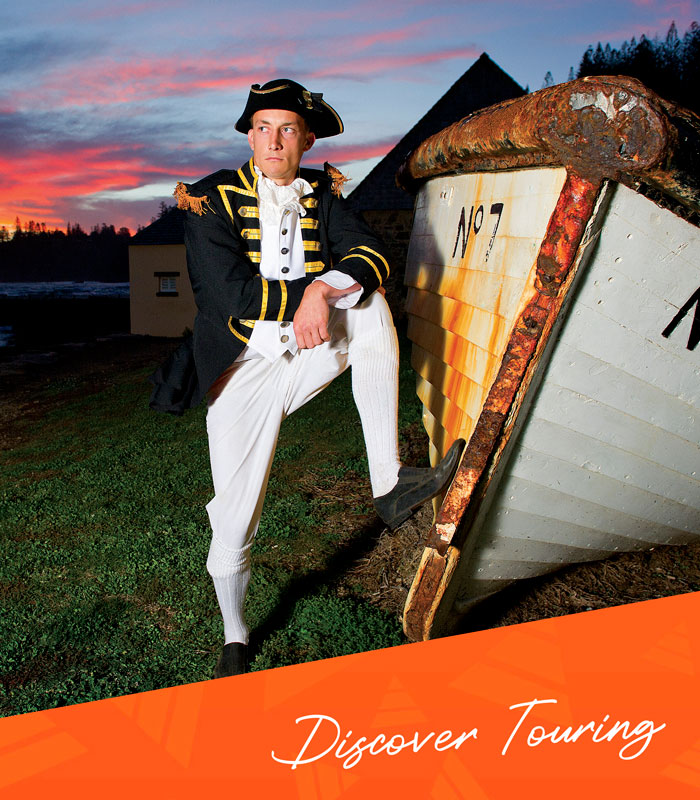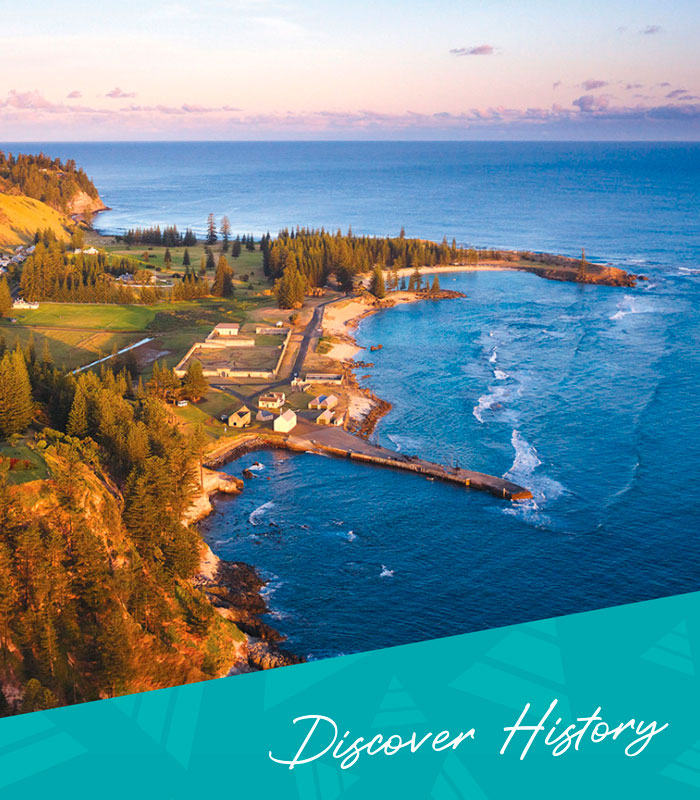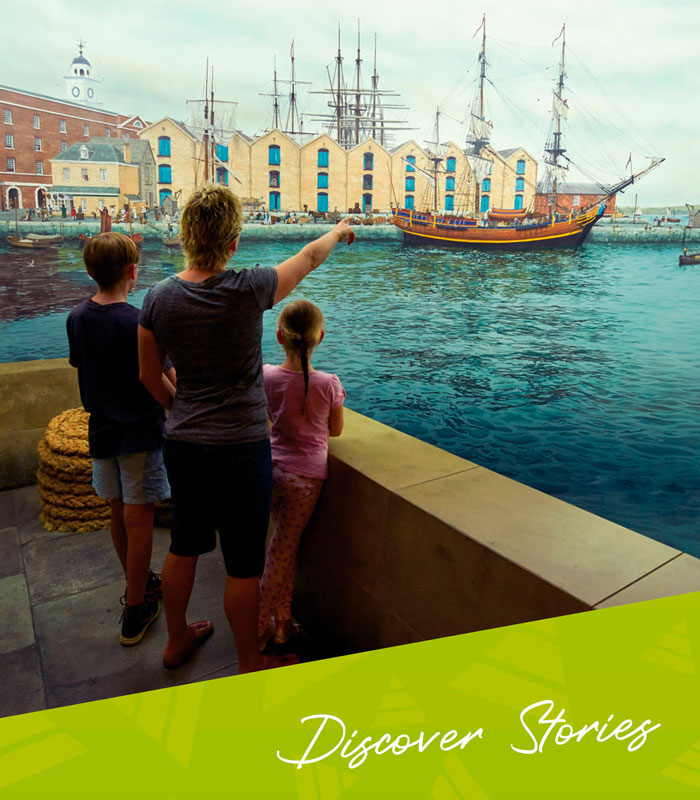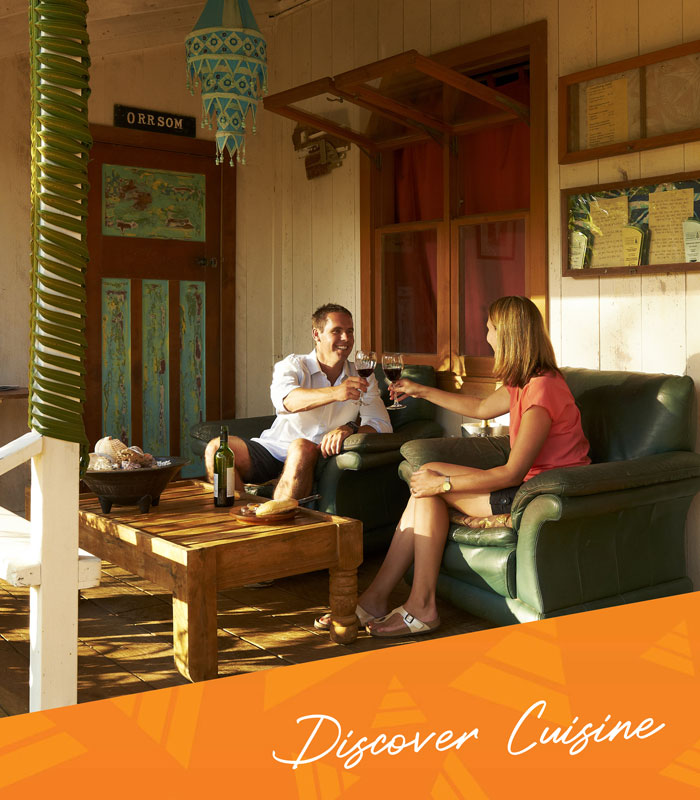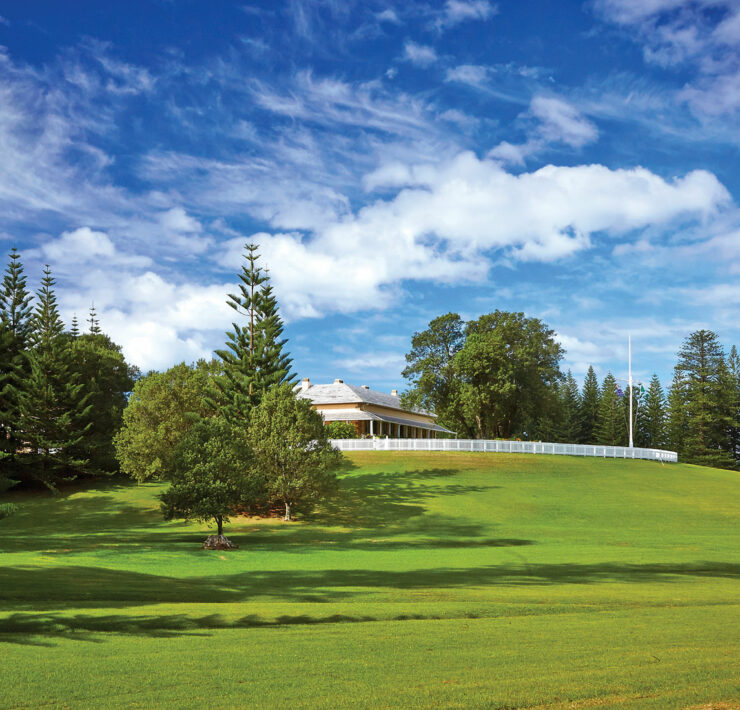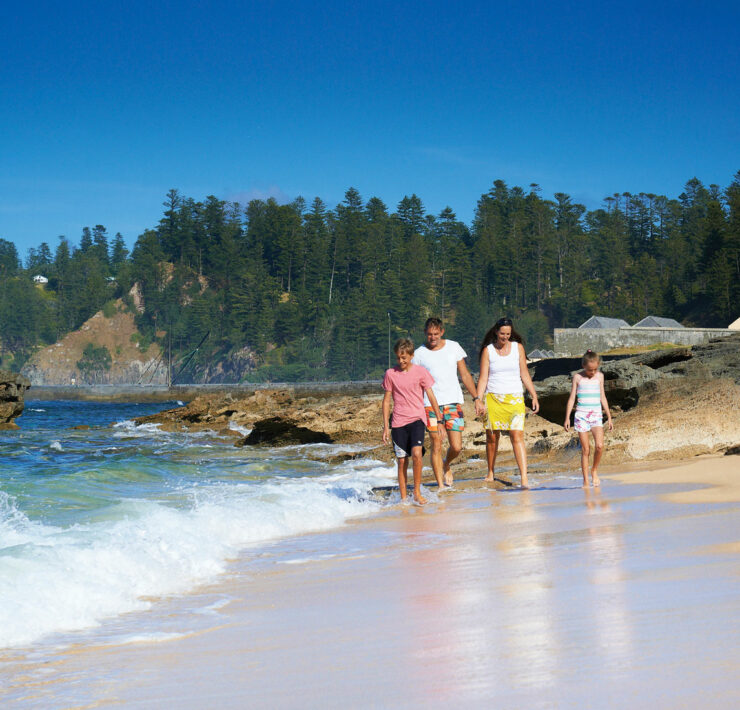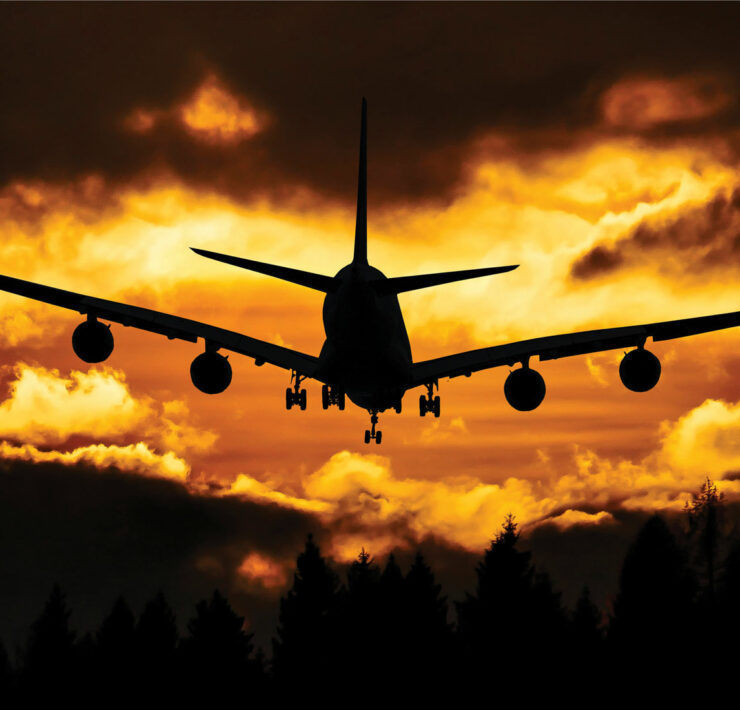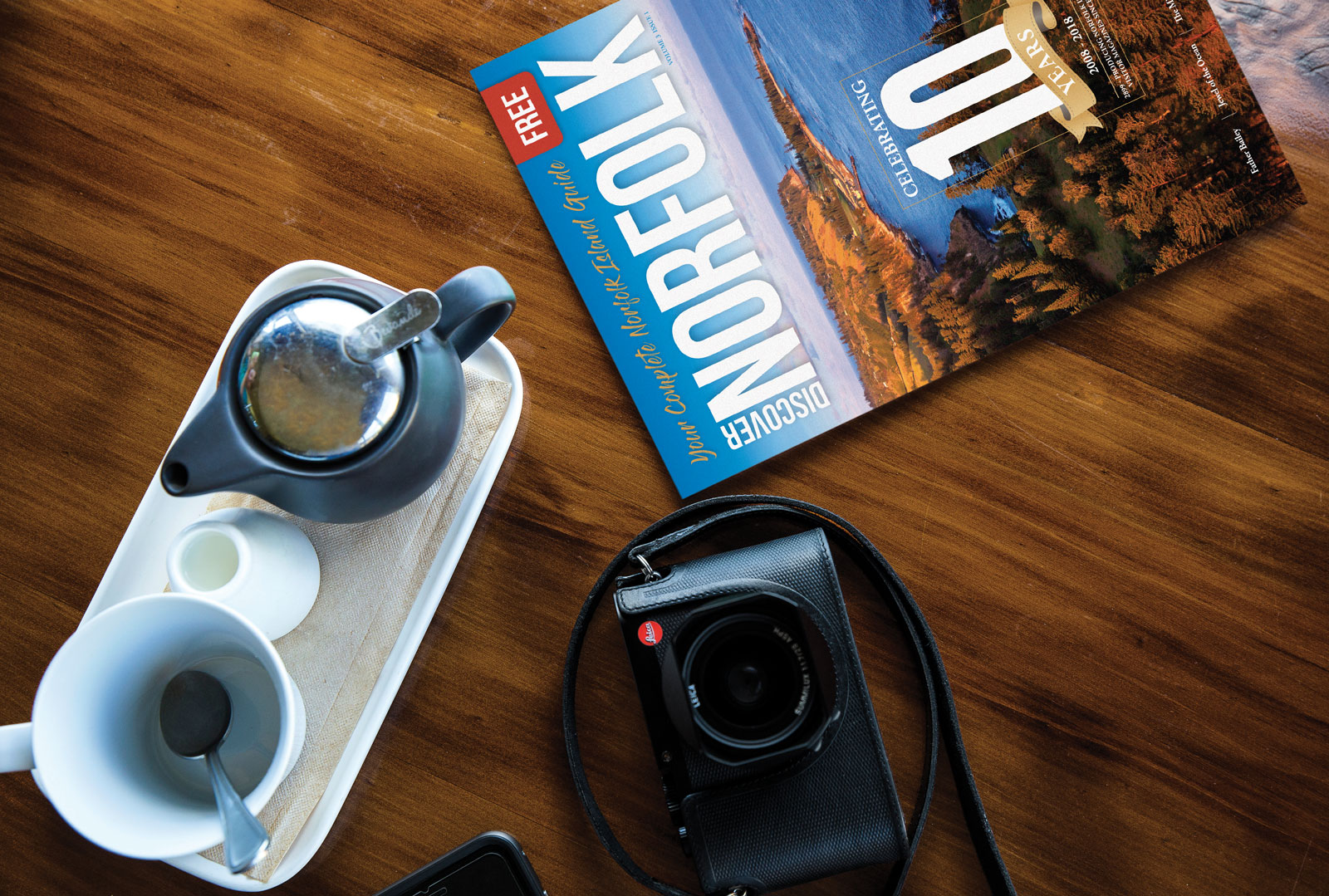
Start at the beginning, they say. I’d add that any adventurer worth their salt-encrusted kayak should also finish at the beginning. Because, while there are plenty of feats in the world of exploration – summit the peak, touch the depths, travel the lengths, cross the expanse, traverse the range – to my mind, one achievement ranks above all: the act of circumnavigation.
While other adventures are all about conquering, circumnavigation is about studying. You’re not beating something, you’re trying to understand it; you’re not trampling all over it, you’re caressing its edges, and there’s a certain beauty in the fact that the only place you’re going for the entire journey is back where you started. It focuses perspective, forcing you to forget about the destination (it remains the same as when you left, right?) and opens the mind’s doors to a deeper appreciation of whatever it is you’re circling.
Well, that’s the waffle that dreamily fills my mind as the Norfolk Air 737 does its own aerial circumnavigation of its motherland, a dash of green adrift in a boundless expanse of white tipped water below. I’m contemplating the adventure ahead: a first-ever kayak circumnavigation of the island most famous for convicts, Pitcairn migrants and those endemic pines shouting green against a world of dark oceanic blue.
Kayaking, as a leisure sport, is young. The British dipped the first recreational blade in the water when John MacGregor paddled a kayak-like craft, the Rob Roy, in the 1860s. Fitting, then, that the first major crack at a kayak circumnavigation also goes to the Brits: Geoffrey Hunter tackled the British mainland in 1970 in a homemade wooden sea kayak. He was shipwrecked in the Solway Firth, borrowed a Angmagssalik (Inuit-influenced design) kayak to continue, but then cut short the full lap, going through the Crinan and Caledonian Canals, bypassing the most exposed coasts of Scotland.
Norfolk Island is famous for being discovered, in 1774, by one of the world’s greatest circumnavigators: James Cook. He circled the island during his second major global circumnavigation on the hunt for the then mythical Terra Australis aboard HMS Resolution.
Norfolk was but a pit stop for Cook. After much difficulty he landed briefly, calling the island a ‘paradise’, a word the hard-to-please Captain used rarely in all his days exploring. It was the trouble Cook had with getting a foot on shore that troubles me now. A paradise once you get on the island maybe, but for someone in a boat shorter than the sharks circling below, whose ocean skills are as suspect as Cook’s were sublime, landing on the isolated rock is a nightmare.
For much of the coastline, sheer cliffs strike out of the boiling ocean and garrisons of sharp coral rock claw at anyone contemplating coming ashore. Where there is a toehold of a bay or inlet, the swell pummels in and the waves look ready to swallow hapless seafarers whole. No wonder the French explorer La Pérouse gave up trying to land in 1788, leaving the first European claim to England and Philip Gidley King, who arrived six weeks later and still took five days to find a landing spot. History attests: there is no easy beach on Norfolk. Pity, because the paddle ahead will take in three days, two islands and four coastal set-offs and landings. With 1600km separating Norfolk from Australian shores to the west, not landing back on Norfolk is not an option.
The world’s first circumnavigation ended in death. Most will have heard of Portuguese explorer Ferdinand Magellan. Few remember that although it was ‘his’ expedition to be the first to sail around the world in 1519, he didn’t actually make it. His ship the Victoria did, taken over by second-in-command and the globe’s first true circumnavigator, Juan Elcano, after Magellan was killed in the Battle of Mactan in the Philippines. It was just over three years after setting off that Elcano caught sight of the home port in Spain, delivering home only 18 survivors from the original sailing party.
Pete Cassidy, the island’s kayaking guru and my paddling partner, has operated half-day kayaking tours along the northwest section of Norfolk’s coast for years, yet he’s never done the full lap of Cook’s paradise. “You’re my excuse,” he’d enthused over the phone, his response firming up the adventure.
The beginning – and, with any luck, finish – of my own circumnavigation debut is marked by an ocean-battered pier standing resolute in its rusted beauty, piercing out into the swell at Cascade Bay. Snuggled into the cliffs behind are remnants of the island’s whaling days. Two hundred years ago whales rubbed barnacles off the rocks here and calved in Emily Bay on the opposite side of Norfolk. That was before the Americans came for the slaughter
Aside from it being the best place to alight the island, Cascade is an appropriate place to begin a circumnavigation. World-famous global circumnavigator, Sir Francis Chichester, made the first visit to Norfolk by an aircraft in 1930 when he landed a float-fitted Gipsy Moth here. He was partway through an around-the-world solo flight, during which he used his own sun sighting system of navigation – the same method used on his sailing expeditions, which saw him win the first solo transatlantic yacht race in the Gipsy Moth III and become the first person to achieve a true solo circumnavigation of the world (west to east via the great capes) in his ketch the Gipsy Moth IV (also the fastest circumnavigation, at 226 days).
Watching waves roll in, I contemplate Chichester’s misshapen take-off (his aeroplane’s
floats were leaky) from this very bay, and wonder how we’re to launch our own craft. At one side of the pier a giant winch and pulley system rises up, used to launch each and every Norfolk Island fishing boat and a stout reminder that there are no safe anchorages. But the wristthick steel cables are of no use in launching two small plastic kayaks. Instead we hand rope our sit-on-tops – heavy and ballasted by two nights’ camping supplies – down onto the swell. At the crest of a surge we jump on and make a panicky dash beyond the break. Settling into the rhythm of a stroke, we work our way east, past the same waterfall that prompted Captain Cook to name the bay Cascade, and paddle on around Steeles Point. As Pete disappears ahead, I realise two things: first, my paddling technique is abysmal and second, I have never paddled in four-metre swell before. The reality of my first offshore ocean adventure hits home as I slide down the face of a monster.
Of all circumnavigating paddlers, New Zealander Paul Caffyn is perhaps the most famous and revered. In 1977–78 he completed the first circumnavigation of his homeland’s South Island. A year later he backed that up by circling the North Island – a trip that included a solo crossing of Cook Strait. Caffyn then packed his paddle for the northern hemisphere to complete the first kayak around Great Britain alongside Englishman Nigel Dennis. Tiger sharks, crocodiles and sea snakes terrorised the paddler as he then took on what remains the greatest kayak circumnavigation to date: the 15,160km paddle around Australia. During his 360 days at sea, Caffyn also battled with a tropical cyclone, raging surf and three 160km-long sheer stretches of cliff. He used caffeine tablets to stay awake and Lomotil to keep his bowels dormant during these stints, the longest of which was a 34-hour continuous paddle along the Zuytdorp Cliffs in Western Australia.
The cliffs stretching to our right up along to Buck’s Point don’t soar quite as high as Zuytdorp, but they present the same problem: there’s nowhere to land in an emergency. Norfolk is the eroded remnant of a volcano active around 2.3 to 3 million years ago. Its lava-hewn basalt rock, the tip of an undersea mountain range taller than Everest, now rises up from the Pacific cauldron to be crowned by Norfolk Pines standing tall and proud.
The ocean calms as we pass Ball Bay and round Collins head, marking the southern side of the island. To the right of functionally named Cemetery Bay is Bloody Bridge, also aptly dubbed if the legend is true. The story goes that one member of a gang of convicts toiling on the bridge exploded in rage at their goading overseer, driving a pick through their master’s head. Knowing the harsh punishment the act beckoned, the convicts walled up the fresh corpse in the bridge they were building. When the relief overseer arrived and queried where his predecessor was, they said he had gone swimming, possibly drowned, a lie betrayed by the blood oozing from the bridge wall behind them.
The violence of this tale is typical of Norfolk’s convict periods of 1788–1814 and 1825–55. No wonder then, that even the rugged blip of rock standing a kilometre offshore, Nepean Island, was a destination for escapees, despite it being waterless, foodless and a slow death sentence of its own. Unlike any poor convict who may have managed to survive the sharks in the swim across from Norfolk, we have plenty of food in our holds. Nepean it is then for the first night’s camp.
The island is an important breeding ground for masked boobys. Rounding its northern side I eye the tiny inlet that is, according to Pete, the only likely landing place. Sitting out the back we watch the waves roll in, studying patterns for the lull that marks our best chance of hitting the tiny sliver of sand beyond the wide carpet of reef that waits to scrape our flesh off should we fail.
The adrenaline surges through me as Pete bolts ahead. The waves behind begin their ascendancy once again, a rogue picking me up and thrusting my kayak forward. I have the lean-back under control, I just forget to steer. The craft slews sideways and, in that typical slow motion of all catastrophes, goes over. Gear flys and I gulp saltwater. Shooting my feet down to find a footing isn’t the smartest move – one hole and a shove from the upturned kayak behind me would mean an instant crack of bone. I realise quickly enough, retract my legs and float in, my PFD scratching along the reef which extracts minimal, but some, blood from limbs. My first ever beach landing log entry: unsuccessful but alive.
We trek up onto Nepean’s northwest ridge, atop cliffs rising 30 metres above the ocean, to a campsite that I rate as the best I’ve ever had the pleasure of drinking condensed milk coffee at. Although camping is generally discouraged, we’re careful not to disturb any nests. A premixed caesar salad requires no flame and it’s a long, late boat ride out for any disgruntled ranger. The vista from our grassy dinner table across to Sydney Bay and the settlement of Kingston (originally called Sydney, before Sydney was Sydney) is the postcard view of Norfolk. Gaol ruins glow pink in the sunset, the surrounding fields of grass appear golden in the day’s final hue and the pines drift into shadows all cast in an evening sea mist.
This is where the colonial settlers first made their way onto the island to establish the penal colony and is the heart of tourism on the small island. It’s also where Captain Townson, commander of Norfolk for four years in the convict era, provided yet another connection between the island and notable feats of circumnavigation. Townson ignored a ban on building boats to construct from the local pines a 25-tonne sloop named Norfolk, ostensibly for retrieving supplies from the mainland. But upon arrival in Sydney, the ship was commandeered and used by explorers Matthew Flinders and George Bass to complete the first circumnavigation of Tasmania in 1798, finally proving that it was indeed separated from the Australian mainland.
Over 180 years after Flinders and Bass sailed a Norfolk-built ship around the southern Isle, John Brewster and Earle Bloomfield (the founder of the Australia’s first kayak club, in Victoria) became the first to paddle around its wild shores. The 1350km journey was repeated in 2004 when Justine Curgenven, Trys Morris and Gemma Rawlings became the first females to circumnavigate Tasmania by kayak.
The punt back off Nepean next morning proves as tricky as the landing. Timing is crucial – one wave too early and you’re over, one too late and you’re under. But my log records a faultless launch, no doubt powered by the salt sting in yesterday’s wounds.
We track back across the watery divide to Sydney Bay, headed for Bumboras, a favoured surf spot for locals and another dicey landing over rocks for us. I’m not sure if it’s within the hardcore rules of serious circumnavigators, but we’re lucky enough to meet a support party who bring with them steaming cups of coffee from the local café – the benefit of Norfolk’s size means no luxury is ever more than 10 minutes away, even when you’re adventuring.
Caffeine fuelled, our take off is incident-free, something that can’t be said of the time HMS Sirius tried to anchor off this section of coast. The first to enter Botany Bay and Sydney’s Port Jackson as flagship of the First Fleet, she foundered and sank off nearby Point Ross in 1790 after lumbering onto a reef while waiting out foul weather. One of her anchors is now mounted in the Pier Museum in Kingston, another in Macquarie Place, Sydney.
Rounding our helms towards Anson Bay and our final camp, Pete, until now jovial and carefree, shouts abruptly. The wind whips his words away, so I tear in closer. “Raft up!” he repeats jolting me from unwarranted complacency. He has good reason. “See that point? That’s Headstone. Great story behind it about a condemned convict who placed a curse on three soldiers, saying they’d die a horrible death within 24 hours of his. The day after he was hanged, all three were washed off shore while fishing.”
And that means we should raft up because? “Oh, Headstone is also where the biggest sharks are.” We are already halfway across the inlet and I’ll admit to being more than a bit nervy. The last time Pete was out chaperoning a journalist, a shark harassed the pair. A big shark. And at Bounty Divers, the local dive shop, there’s a photograph taken from the cliffs of two yellow kayaks – the same as ours – being circled by two sharks (bigger than the kayaks). My technique miraculously improves and we paddle. Fast.
Sharks are nothing new to German paddler Freya Hoffmeister. A protégé of the great Paul Caffyn, Hoffmeister has hard earned her own measure of respect in kayaking circles with a circumnavigation of Iceland in record time and a first female solo around the South Island of New Zealand becoming the first woman to do so. She has now cemented her place among the hallowed ranks of kayaking royalty, becoming the second person ever, and the first female, to paddle around Australia.
Serious sea kayakers could lap Norfolk at least three times, likely more, in the three days it will take us. Sitting atop Anson Bay – a barbeque on the sizzle, a local fisherman telling yarns, sipping beer, and with tourist toilets only a few stiff steps away – I don’t pretend to know what the likes of Caffyn and Hoffmeister go through during their paddling forays.
Tomorrow we round Point Howe, passing Duncombe Bay and the place where Captain Cook landed a small launch from the Resolution. From there it’s a fine paddle along the coast that Pete knows only too well. With soaring cliffs, paddle-in caves and rock formations including Moo-oo Stone and Cathedral Rock – where on a calm day kayakers can pass right through – this is classic sea kayaking territory and Pete’s regular half-day tourist run.
But it’s new territory for me and I like to think, once I reach Cascade Bay and our finish, that my first ever ‘first ever’ is just the beginning. Doubtless the world’s first kayak circumnavigation of Norfolk won’t appear alongside the hallowed names of Caffyn et al in any notable chronology of the history of sea kayaking. To join such an honourable list I must set my sights on loftier laps. The world is yet to be rounded by a paddler, but I reckon there’s a minimum requirement for that attempt: you should at least be able to land on a beach upright before you overnight afloat. So as I look down on our kayaks sitting below camp, ready to be forgotten by history and turned back over to the tourist trade, I’m already thinking of a more humble circumnavigation feat. Anyone know if Lord Howe’s been lapped under paddle?
Written by Chris Ord. Outer Edge Magazine 2009. Article published in 2899 Magazine Volume 2 Issue 2.
____
Image Credit: Robin Nisbet
www.robinnisbet.com
____
Article content disclaimer: Article first published in 2899 Magazine V2 Iss1, 2010. Please note that details of specific travel, accommodation and touring options may be outdated. References to people, places and businesses, including operating days and times may be have changed. References to Government structure and Government businesses/entities may no longer be applicable. Please check directly with businesses and/or Government websites directly rather than relying on any information contained in this article before you make travel arrangements.


